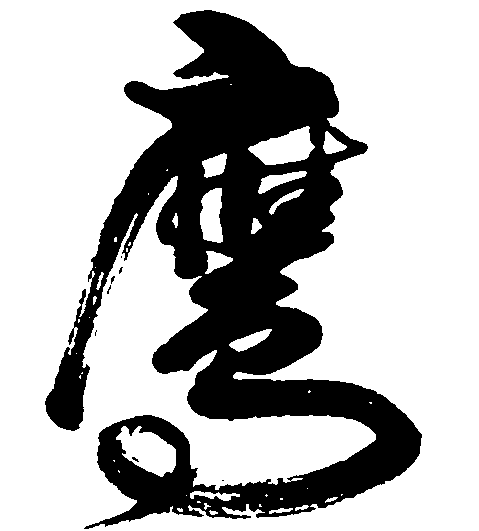Unlocking Vocabulary Through Grammar: The Power of Parts of Speech in Mandarin
When we first learn our native language in school, we spend a lot of time identifying parts of speech such as nouns, verbs, adjectives, adverbs, and so on. It might feel like a dry grammar exercise at the time, but when learning Mandarin Chinese, understanding these categories can become an incredibly powerful tool for mastering…
